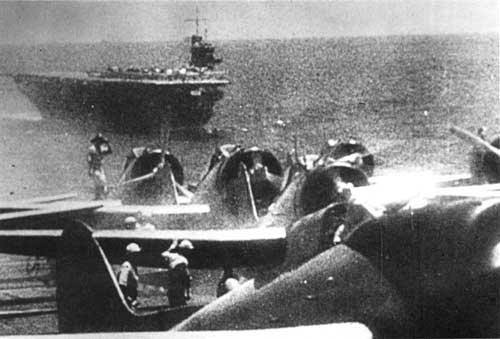WW2 Military Japanese aircraft: A two headed beast
Before and during World War II, Japan did not have three branches in its military; rather, the army and the navy each had their own air service. Since they worked independently of each other, the Japanese army and navy created separate air forces suited to their specific needs. The army built Japanese aircraft and trained to fight the Russians overland and the navy prepared to fight Britain and the USA on the open seas.
This organization of Japanese air power was detrimental for obvious reasons. Some less believable circumstances exacerbated the problem though. For instance: army and navy plane factories were kept separate from one another. They acted like competitors! Both branches kept their design secrets to themselves, there was no standardization of simple mechanics like screws and framing, and they each employed different electrical systems.
A classic example of this over-arching problem was the superiority of the navy’s Zero to the army’s Hayabusa. Had the navy been willing to share the Zero (and the army willing to accept the helping hand) Japan might have scrapped the Hayabusa altogether. Simple economies-of-scale would have meant a much greater number of battle-ready fighters for the Japanese war effort. Furthermore, neither air service developed a heavy bomber on par with those of Britain or the United States until they finally co-operated in 1944 on the massive 6-engine Fugaku. This collusion was too little, too late however, as the Fugaku never made it to service.
Besides this stubbornness in regards to co-operation, the two branches also hid their weaknesses and losses from each other. For example, the army was not made aware of the navy’s 1942 rout at Midway until 1945.
Both Japanese air forces were very well trained and both met with great success in the Sino-Japanese war and the early Pacific campaigns. Japan easily gained air superiority over China. In 1941, most first-string Japanese pilots had somewhere between 500 and 800 flying hours. Roughly half of army pilots had seen combat against China and Russia (around 10% for the navy). Unfortunately, Japan did not have a proper plan in place to replace lost pilots and by 1944 – due to time and fuel constraints – most replacement pilots were lucky to have 120 flying hours before entering combat.
Early on though, the Japanese aircraft were deadly instruments. On December 7th, 1941 the naval air force surprise-attacked Pearl Harbour, ushering in a new era of naval aviation. Just a few days later navy planes sunk the British battleship Prince of Wales and the cruiser Repulse near Malaya. Japan had created a new paradigm: air support became a necessity for naval fleets.
As the war progressed the Japanese air forces quickly lost ground to the faster, more heavily armed and armoured American air force. When the American B-29s began bombing over the Japanese islands, lightly-armed Japanese fighters had difficulty bringing them down. Japanese planes also lacked the advantage of airborne radar. This discrepancy led Japan to begin kamikaze, a suicide tactic where a plane is loaded with explosives and crashed directly into its target, attacks on U.S. shipping.
A successful, if desperate, doctrine, kamikaze attacks caused the US more naval losses than ever before or since. The attacks were first used in the Battle of Leyte Gulf but were most notorious in the Battle of Okinawa. Kamikaze was too little, too late as well as Japan felt the full focus of the US military after the German surrender.
Between 1940 and 1945 Japan produced nearly 75,000 aircraft. The US produced nearly 300,000. Japanese losses by the time of surrender were 43,110.
